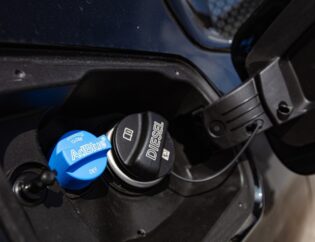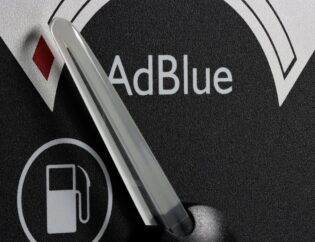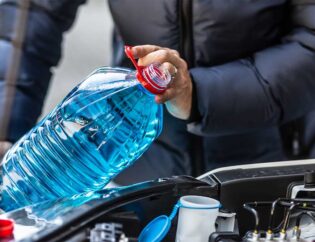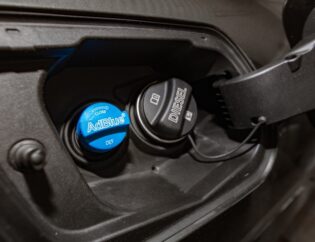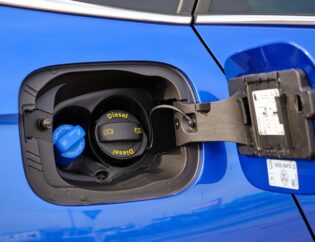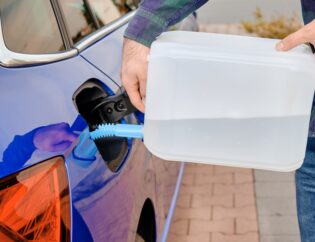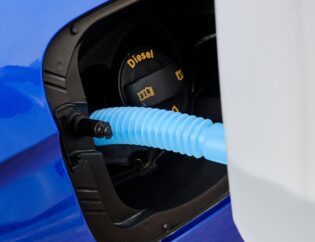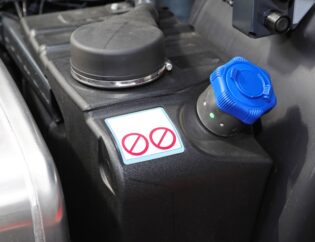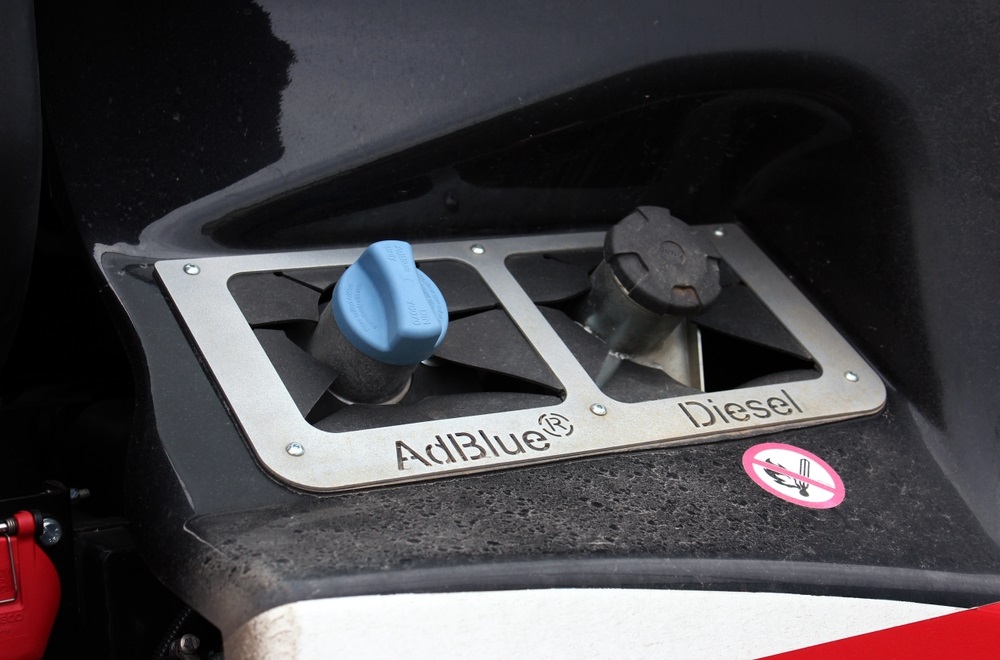
Contents
- 1 Definition and Causes of Contamination
- 2 Effects of Contaminated DEF on Engine Performance
- 3 Recognizing Contamination Signs
- 4 Impact of Contaminated DEF on Engine Components
- 5 Testing and Diagnosis of DEF Contamination
- 6 Preventive Maintenance Measures
- 7 Cleaning and Flushing Procedures
- 8 Replacement Considerations
- 9 Environmental Impact and Disposal
- 10 Legal and Regulatory Aspects
- 11 FAQs
- 12 Conclusion
Definition and Causes of Contamination
Defined as the presence of substances other than diesel fuel in your DEF, contaminated def is caused by various contaminants. These contaminants can be biological (such as mold or algae), chemical (e.g., salt), and physical (e.g., dirt).
Since contaminated DEF can cause damage to your diesel engine’s components over time, you should take steps to prevent it from occurring.
Effects of Contaminated DEF on Engine Performance
The effects of contaminated DEF on engine performance are significant. If your truck’s DEF is contaminated, it can cause: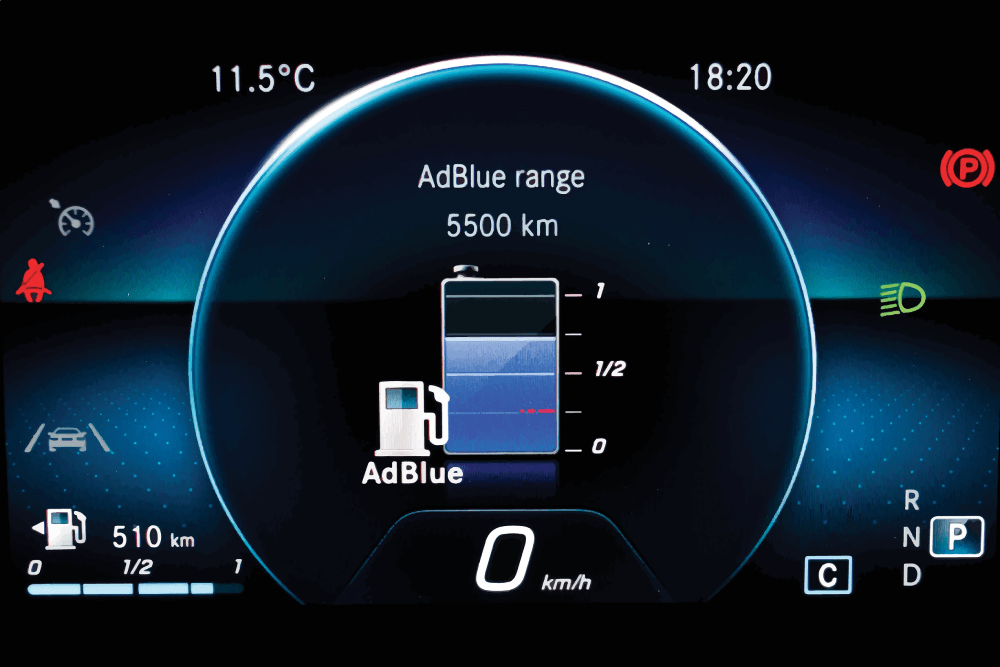
Poor Fuel Economy
This happens because the engine needs to get the proper amount of lubrication and cooling. This leads to increased wear on parts like pistons and valves and poor performance overall.
Increased Emissions From Your Vehicle’s Tailpipe
This is because dirty DEF causes more sooty exhaust gases that contain unburned carbon particles on which ozone-forming nitrogen oxides (NOx) form when exposed to sunlight; these NOx then react with other compounds such as hydrocarbons in the atmosphere to produce ground-level ozone pollution–a serious health hazard for people who are sensitive or allergic.
Recognizing Contamination Signs
If you’re experiencing one or more of these symptoms, it’s time to check your DEF levels. If they’re low enough that your engine is struggling to run properly–or if they’re too high and causing damage–you’ll need to add more DEF into your system.
If this is your first time having this problem and you need to know how much DEF should be in your tank, consult the owner’s manual for instructions on where exactly it goes (you may need to consult a mechanic).
Impact of Contaminated DEF on Engine Components
The effects of contaminated DEF are primarily felt in the engine’s components. The most vulnerable elements are:
Fuel Injectors
Diesel fuel and air are combined and then distributed into the engine’s cylinders by the fuel injectors. When these crucial parts become clogged or corroded, they can’t perform their jobs properly, which results in reduced performance and efficiency of your vehicle.
Turbochargers
This component compresses air before it enters your cylinders, allowing more oxygen to burn fuel efficiently. With proper compression from a turbocharger, achieving maximum power output from your engine is possible–and this means less power when you need it most!
Fuel Pump
This component pumps DEF through your vehicle’s system so that it can be mixed with diesel fuel and injected into the engine. Suppose the pump malfunctions; it can’t do its job properly and deliver enough fluid to keep your engine running smoothly if you notice any of these symptoms. In that case, it’s time to schedule an inspection with a certified mechanic. They’ll be able to identify the cause and repair the damage so your vehicle is back on the road in no time!
Testing and Diagnosis of DEF Contamination
There are several methods for testing DEF purity. The most common is using an in-tank sensor, which can detect low levels of contaminants. Other options include:
Visual Inspection
This method suggests looking at your DEF tank and seeing if there are any visible signs of contamination. Suppose you notice anything unusual, such as a discoloration in the liquid or bubbles forming on top of it (which could indicate oxidation). In that case, you should contact a qualified mechanic immediately for further inspection and diagnosis.
Colorimetry Test
The colotimetry test involves using a colorimeter to compare the color of your diesel exhaust fluid sample against known standards for normal operation; if there are differences between these two colors, then something may be wrong with your system’s ability to filter out impurities from incoming fuel supply lines.
Preventive Maintenance Measures
The greatest approach to guarantee that your diesel engine operates smoothly and is shielded from contaminants is to do preventive maintenance. Even though tainted DEF can result in serious DEF issues, there are a few strategies to avoid this.
Store DEF Properly
By putting it in a location away from heat sources and intense sunshine, you can prolong the life of your DEF by maintaining it at its ideal temperature for longer. If you’re storing more than one tank of DEF at once, make sure they’re not touching each other or anything else that might cause them to rust or corrode over time (like metal shelves).
Consider purchasing an insulated bag designed for holding hydrocarbon fuels like diesel or gasoline. These bags provide an extra layer between your product’s contents and outside elements like humidity, which could otherwise degrade them over time.
Keep Your DEF Tank Clean
Regularly cleaning your tank has several benefits. First, it will help prevent bacteria from building up and causing contamination of the product inside. Second, it’ll ensure that you don’t accidentally spill any when refilling your vehicle’s DEF tank–if you do so without properly rinsing off any residue first (like dirt or debris), this could cause problems with how well the system works on the road.
If you need to clean your tank, use a non-toxic cleaning agent or solution with low pH levels. You should also avoid using chemicals that could cause corrosion of the tank’s inner walls–this could impact the quality and effectiveness of the product inside.
Cleaning and Flushing Procedures
Cleaning and flushing procedures are key to removing contaminants from the system.
- If a DEF cleaner has been used, flush the system with clean water to remove any remaining residue.
- Remove the pump from its mounting bracket or attachment point and place it in a container of fresh fluid (flammable) to prevent damage caused by freezing temperatures or condensation during storage periods.
- Clean all components as necessary with soap and water before reassembling them into their original configuration and refilling the system with fresh fluid.
Replacement Considerations
In rare situations, you may need to replace your DEF. If you notice any of the following symptoms, it’s time to get a new supply:
- You have been using your truck for more than 250 hours since its last fill-up with DEF.
- Your engine has been running on diesel fuel alone for more than six months (roughly 12,000 miles) without any maintenance intervals, during which it was able to be serviced by an authorized dealer or service center.
Environmental Impact and Disposal
Tainted DEF has detrimental effects on the ecosystem. Strict criteria for the appropriate disposal of the chemical have been created by the Environmental Protection Agency (EPA), and they include:
- Dispose of it at a designated facility that can properly treat and dispose of the chemicals within your car’s exhaust system. These facilities are generally located near cities or towns, so traveling long distances with a vehicle that needs to be serviced regularly may not be practical.
- Use only approved containers when transporting DEF from one location to another; these containers should not be re-used after emptying them because they might continue to leak small amounts over time without being noticed by drivers or other people working with them at their destination.
Legal and Regulatory Aspects
If you have contaminated DEF, you must dispose of it properly. Local laws and regulations should transport contaminated containers and any remaining products.
It is important to note that the legal limit for contamination is 0.5%. Suppose your container contains more than 0.5% of impurities. In that case, you must report this to the manufacturer or their representative immediately so that they can investigate the cause of the contamination and take action against those responsible for allowing it to happen.
The penalties for contamination vary from country to country; however, it is generally considered an offense punishable by law if:
- You fail to report contaminated DEF (or any other harmful substance) within 24 hours of discovering its presence in your vehicle;
- You transport contaminated DEF without following proper disposal procedures outlined by local authorities or
- You intentionally contaminate another person’s diesel engine by introducing foreign substances into its fuel system
FAQs
How Does DEF Contamination Affect the Engine?
Contaminated DEF can cause engine malfunctions, reduced fuel efficiency, and potentially damage the Selective Catalytic Reduction (SCR) system.
What Are the Signs of Contaminated DEF?
Signs include engine warning lights, rough idling, loss of power, and increased emissions. It might also emit a strong ammonia-like odor.
How Can I Prevent DEF Contamination?
Store DEF in a clean, sealed container, avoid exposing it to high temperatures, and only use DEF from reputable sources. Regularly inspecting and maintaining the DEF tank and system is crucial.
What Should I Do if I Suspect DEF Contamination?
Stop using the contaminated DEF immediately. Drain the tank, flush the system, and replace the filter. Consult a professional mechanic for a thorough inspection and necessary repairs.
Conclusion
In conclusion, contaminated DEF is a serious problem that can have dire consequences for your engine. It’s important to be aware of the signs of contamination and act as soon as possible if you suspect your DEF may be contaminated. If left untreated, the damage caused by contaminated DEF can lead to costly repairs or even failure of critical engine components. Want more information about contaminated DEF? Contact us today.


